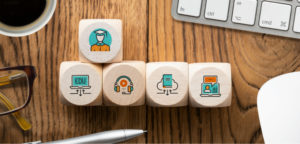
Enhancing Connection and Support in Asynchronous Online Courses with Traffic Light Cards
Instructors in face-to-face courses can roughly gauge how well students understand the material by facial expressions and audience response systems. This immediate and informal feedback enables them to adjust their teaching in real-time. But this is not the case in asynchronous courses. Students have to












